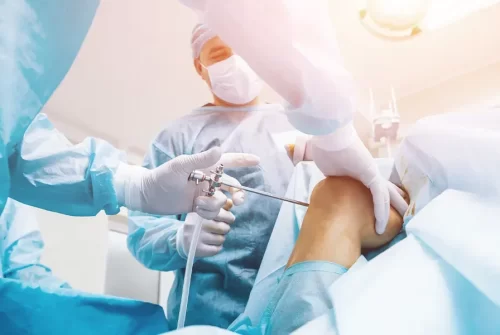
Hysterosalpingography, also known as an HSG, is a medical test that helps physicians diagnose a wide range of fertility issues. The procedure involves the insertion of a small tube through the cervix and up through the uterus. Fluid containing a special dye is then injected into the uterus, while X-rays capture images of the uterus, fallopian tubes, and ovaries. The dye helps make abnormalities in the uterine cavity clearer on X-ray. If there is a blockage in the fallopian pipe or uterus, doctors can see this on the HSG x-ray. Since it comes with a few risks, you need to find a specialist in HSG in Celebration for the best outcome.
Who is a Candidate?
The HSG test is widespread and has a high success rate. Most women, regardless of age, can have a successful HSG. However, there are some cases in which you should not perform an HSG due to an increased risk of complications or pregnancy loss. These include:
- Inability to use contraception during the test (for example, if a woman is already pregnant)
- Being allergic to the dye or equipment used during the test
- Bleeding disorders might cause clotting problems after inserting the speculum into the vagina.
- Painful menstrual periods due to conditions such as endometriosis or uterine fibroids can make it difficult for you to cope with pain during the HSG.
- Pelvic inflammatory disease (PID)
- Having a tubal pregnancy
What to Expect?
HSGs are usually performed in an outpatient setting. You will be asked to drink plenty of fluids before the test and avoid using the bathroom for a few hours before the procedure. A speculum is inserted into the vagina to see the cervix. A small tube is then inserted through the cervix and passed into the uterus. The dye is injected, and x-rays are taken. You may experience some cramping during the procedure. After the test, you may have some light vaginal bleeding and spotting.
You should avoid sexual activity for 24 hours after the test. There should be no vaginal douching or bathing for 24 hours, and you should use no tampons for 24 hours after the HSG. You should also wait at least six weeks before getting pregnant following an HSG.
Why Is It Important?
An HSG helps a doctor properly diagnose an issue with a woman’s uterus and fallopian tubes, which is essential for identifying problems that could prevent a woman from having children later in life. These diagnoses can help lead to proper treatments that can cure or manage some issues so they won’t interfere with pregnancy. In addition, an HSG helps doctors use the least invasive treatments and procedures first to control or cure issues so that you can get pregnant and have a healthy pregnancy.
Based on the results, your doctor may recommend more tests or procedures. The HSG can help your doctor find issues such as the uterine septum, scar tissue forming inside the pelvis, which can cause pain and fertility issues, scarring or blockage in fallopian tubes, which can lead to an ectopic pregnancy, and polyps.
In summary, an HSG is a medical test that helps physicians diagnose a wide range of fertility issues. Any woman can have the test unless your doctor says otherwise. Your doctor will give you instructions on preparing for the procedure and how to take care of yourself after the test. It can help identify the uterine septum, polyps, and other abnormalities.






